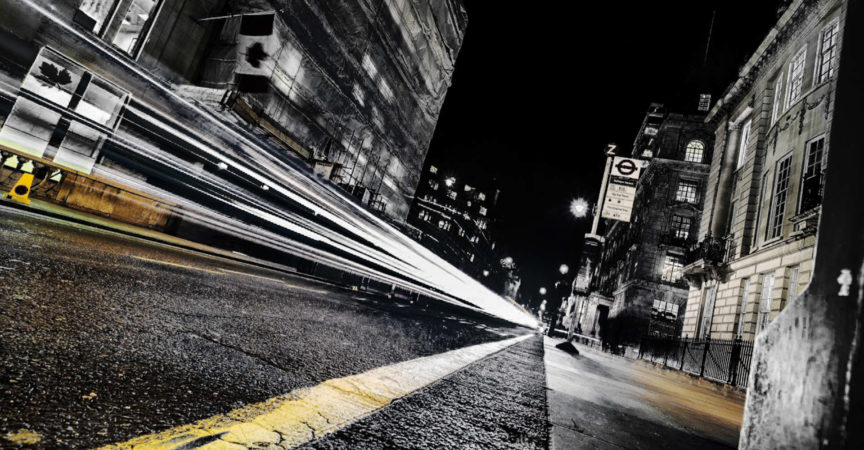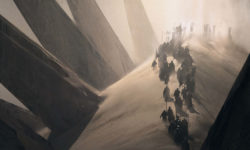Photoshop Advanced Adjustment Layer and Blend Modes
Release date:2018, July 23
Duration:02 h 17 m
Author: Richard Harrington
Skill level:Advanced
Language:English
Exercise files:Yes
From powerful shortcuts to precise masking, this course will help you see Photoshop adjustment layers and blend modes in a whole new light. Rich Harrington leads a workshop that unlocks some of the least-used options for his favorite features in Photoshop CC 2018. Learn how to use adjustment layers and blend modes to color correct and tone images, convert photos to black and white, add style, and fix exposure—all completely nondestructively. Rich also explores the hidden power of the “auto” options, lookup tables, gradient maps, and Smart Objects, and shows how to limit your adjustments when you want to achieve a subtler effect. By the time you finish the course, you’ll have an advanced understanding of adjustment layers and blend modes, and know how to make complex, nondestructive changes to any image.
- Adjustment layer basics
- Improving color and contrast with Auto Curves and Auto Levels
- Creating custom black-and-white effects
- Using a Hue/Saturation adjustment layer to recolor artwork
- Expert color grading with color lookup tables
- Using gradient maps
- Making nondestructive adjustments with Smart Objects and stack modes





 Channel
Channel





